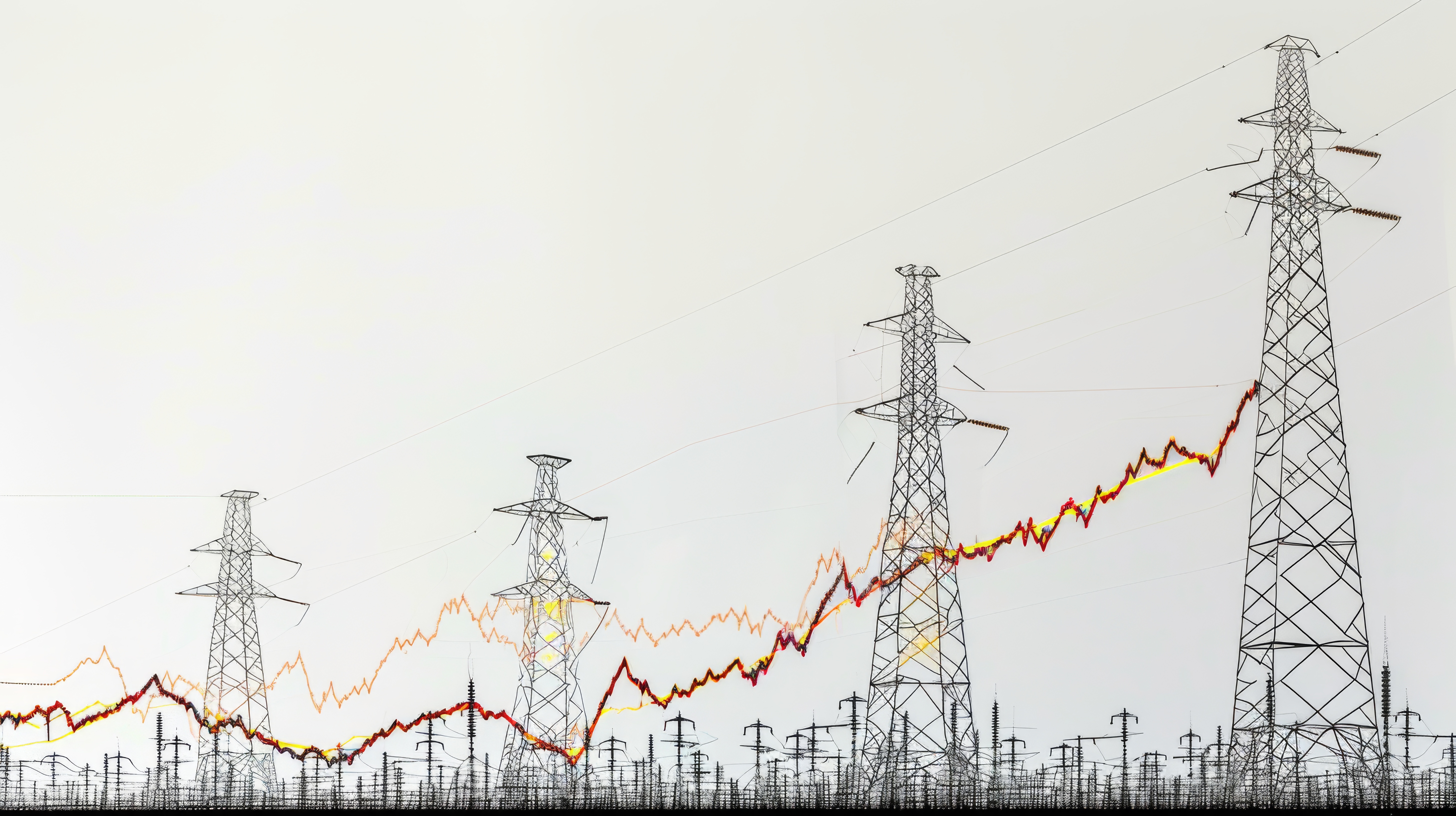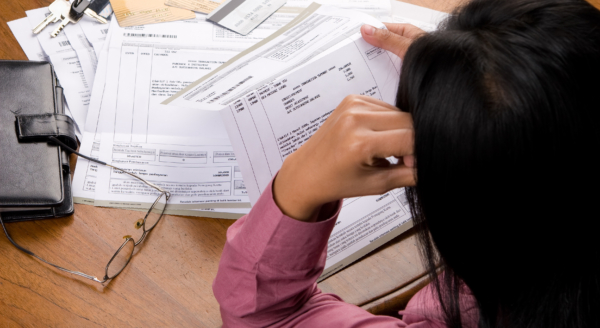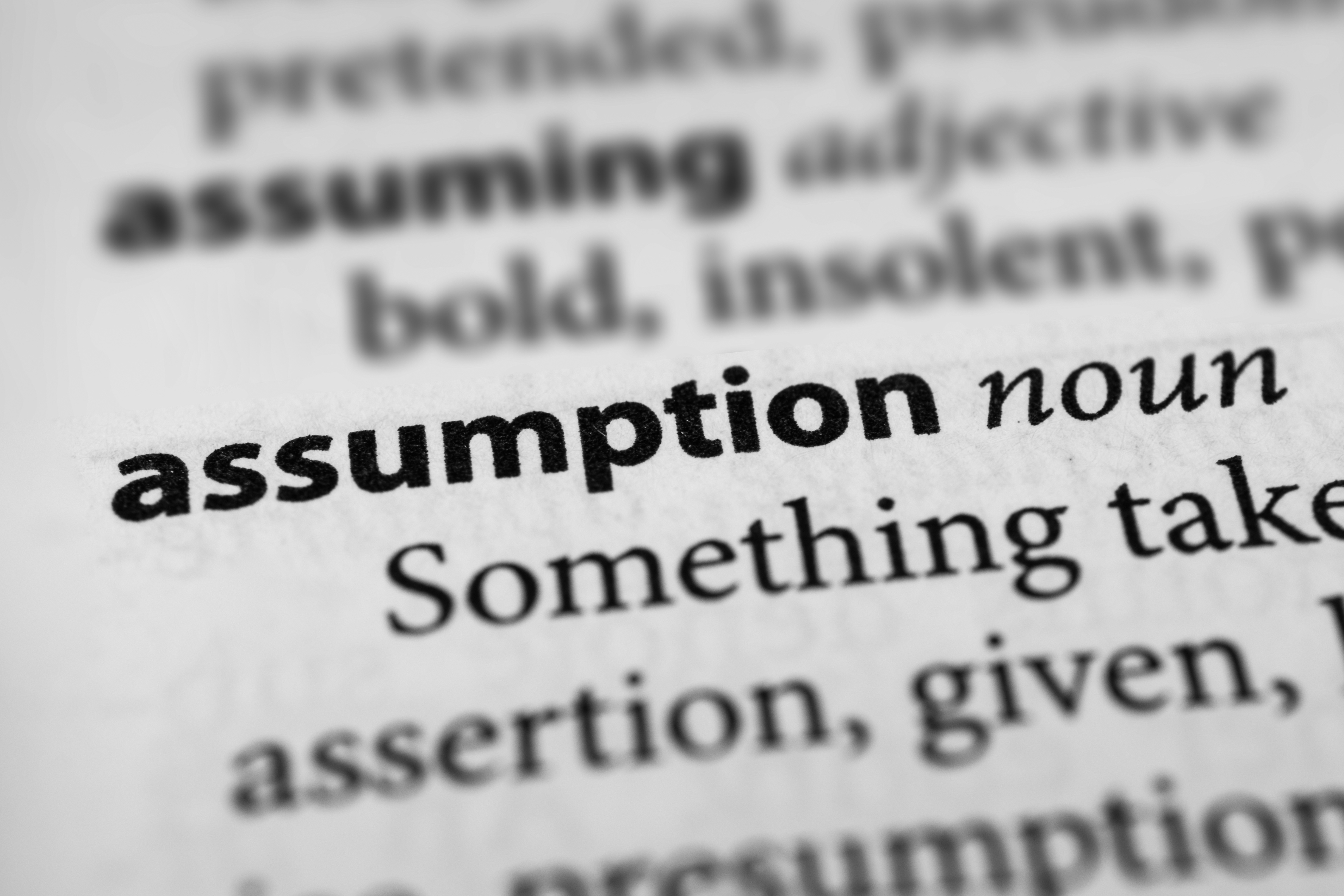California’s energy transition is running into a cost conundrum.
It is no secret that electricity bills in the Golden State are skyrocketing. Residential electricity rates jumped nearly 50% from 2019 to 2023 and are now almost double the national average.
A new report from the Legislative Analyst’s Office (LAO) sheds light on why. The report, released in January 2025, points to clean energy mandates and other climate programs as key contributors to the state’s rising rates:
“[The state] requires utilities to provide a certain percentage of retail electricity sales from renewable generation. While the costs of generating electricity from renewable resources have declined in recent years, this transition still has added costs for ratepayers …
[California ratepayers] also bear other costs related to supporting the state’s efforts to meet its GHG targets … IOU ratepayers are now supporting a range of ZEV, energy efficiency, and other climate‑related programs through the public purpose charges on their rates.”
With hundreds of billions in major energy transition investments slated for the decades ahead – including a massive buildout of renewable energy and grid infrastructure to triple the state’s generation capacity – electricity bills in California are expected to keep rising. The LAO found that electricity rates “are projected to continue to outpace inflation over the next few years.”
That’s bad news for families and businesses already struggling under California’s affordability crisis – and for the state’s energy transition at large.
Severin Borenstein, director of the UC Berkeley Energy Institute, has warned that high electricity costs pose “a huge problem” for transition efforts in California, noting that “mandating electrification when you’re charging people 30 or 40 cents a kilowatt-hour is going to be immensely expensive.” According to the latest federal data, Californians paid 32.68 cents per kilowatt-hour in November 2024.
As the Los Angeles Times Editorial Board asked last year:
“Who wants to invest thousands of dollars in a heat pump or induction stove only to be punished with higher bills?”
“California wants residents to swap gasoline-fueled cars and natural gas heaters for electric models. But if power rates keep rising, it will cost more to plug in an EV at home than to fill up a gas tank, economists project.”
While legislators may want to lower electricity costs, their efforts are fundamentally hamstrung by an unavoidable reality: California’s energy transition requires massive amounts of new spending that is ultimately funded by customer bills.
As the LAO concluded in its recent analysis:
“Fundamentally, however, the Legislature may also be faced with a frank decision about how to balance the state’s ambitious GHG reduction goals – and all of the associated benefits – against the inevitable costs that will result for ratepayers.”
California is still in the early stages of its energy transition, but the upshot is clear: electrification mandates amid skyrocketing electricity rates are sentencing consumers and businesses to an “immensely expensive” energy future.
Policymakers need to recognize this electrification cost conundrum and shift course. To affordably and reliably meet demands, California still needs all forms of energy to work together.


